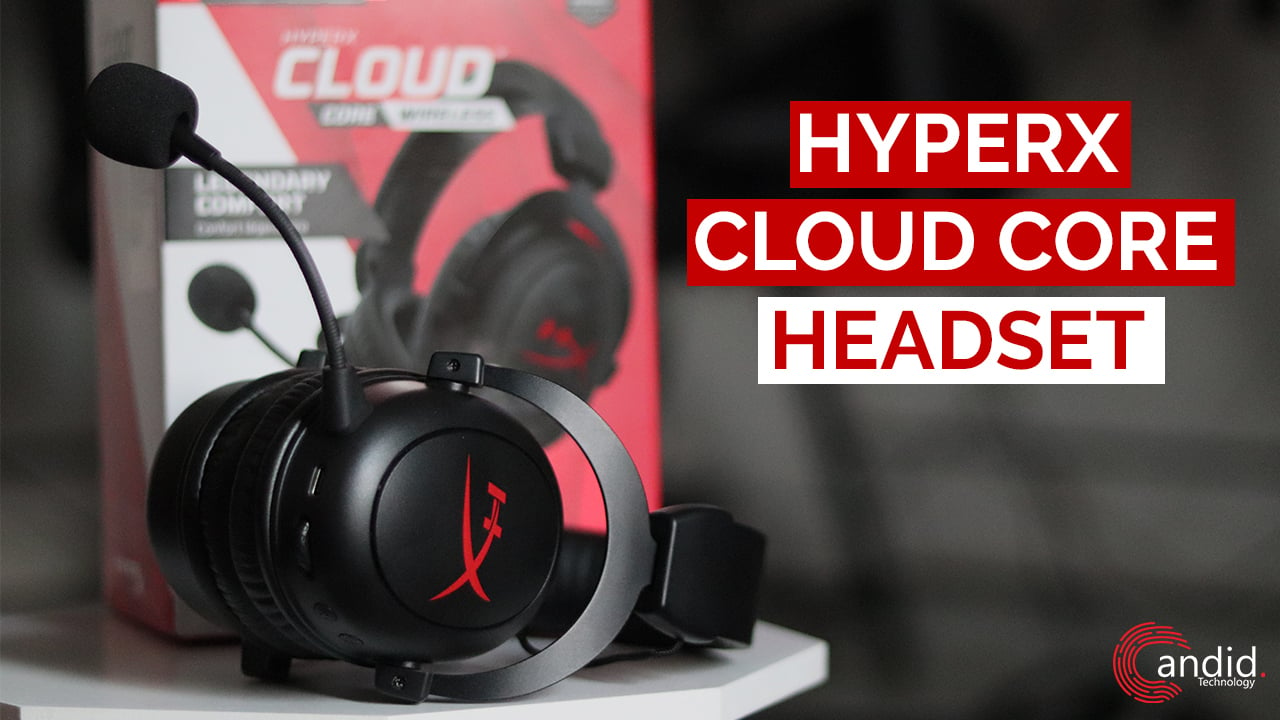If you have a printer that can print both sides, you may have heard the terms — flip on long edge and flip on short edge — when choosing the duplex printing mode. People often misunderstand these two terms and can be confused regarding the actual working of these orientations.
In this article, we will explain the difference between ‘flip on long edge’ and ‘flip on short edge’.
Here’s what we will cover:
- What is Flip on long edge?
- What is Flip on short edge?
- How to choose flip on long edge or short edge?
What is Flip on long edge?
When selecting the long-edge flip option, your document will be arranged so that the flip occurs along the longer side of the paper. Consequently, the top and bottom edges of the paper will remain unchanged post-flip, and the pages can be perused from left to right, resembling the format of a book. The long-edge flip is commonly employed for duplex printing, as it maintains the natural reading order and alignment of textual content and images.
This orientation is suitable for documents printed in portrait mode, which is the default setting in most word processors and applications. For instance, when printing a report, essay, or letter on both sides of the paper, opting for the long-edge flip ensures easy page flipping and document reading without the need for paper rotation.
Also read: USB A vs USB C: Key Difference
What is Flip on short edge?

Opting for the short-edge flip positions your document so that the flip takes place along the shorter side of the paper. Consequently, the left and right edges of the paper change after flipping, and the pages are intended to be read from top to bottom, resembling the layout of a calendar. Although less common than the long-edge flip, the short-edge flip can prove useful for specific document types that are printed in landscape mode.
This orientation is appropriate for documents printed in landscape mode, an alternative layout that involves a 90-degree paper rotation. For instance, when printing a spreadsheet, presentation, or brochure on both sides of the paper, selecting the short-edge flip ensures convenient page flipping and document perusal without the need for paper rotation.
| Attribute | Flip on long edge | Flip on short edge |
|---|---|---|
| Flip orientation | Along the longer side of the paper | Along the shorter side of the paper |
| Post-flip edge change | Top and bottom edges remain unchanged | Left and right edges undergo a change |
| Reading direction | Left-to-right, resembling a book format | Top-to-bottom, resembling a calendar layout |
| Common usage | Commonly used for duplex printing | Less common, but beneficial for landscape mode |
| Suitability | Suitable for portrait mode documents | Appropriate for landscape mode documents |
| Document types | Reports, essays, letters, facilitating easy page flip | Spreadsheets, presentations, brochures, convenient flip |
| Rotation required after flipping | No rotation is required after flipping | The top and bottom edges remain unchanged |
Also read: AMD Ryzen 5 vs Intel Core i5: Key Differences
Should you flip long or short edge?
The decision between selecting the long-edge flip and short-edge flip depends on factors such as the orientation, layout of your document, personal preference, and printing purpose. Here are some general guidelines to assist you in making a decision:
- Opt for the long-edge flip if your document is in portrait mode.
- Choose the short-edge flip if your document is in landscape mode.
- In the case of a document with a combination of portrait and landscape pages, select the option that aligns with the majority of the pages or the one that enhances the overall design and readability.
- If uncertain about the suitable option, preview the document before printing to observe its appearance with different duplex printing modes. Additionally, printing a test page allows you to assess the alignment and orientation of the text and images.
In conclusion, utilising duplex printing is an effective method for paper conservation, cost reduction, and the production of polished documents. However, it may pose challenges for those unfamiliar with terms like flip on long edge and flip on short edge. Check out the distinction between the above two options to get a clear idea of which one you should choose for printing.
Also read: PCM vs Bitstream: Key differences between the audio formats






